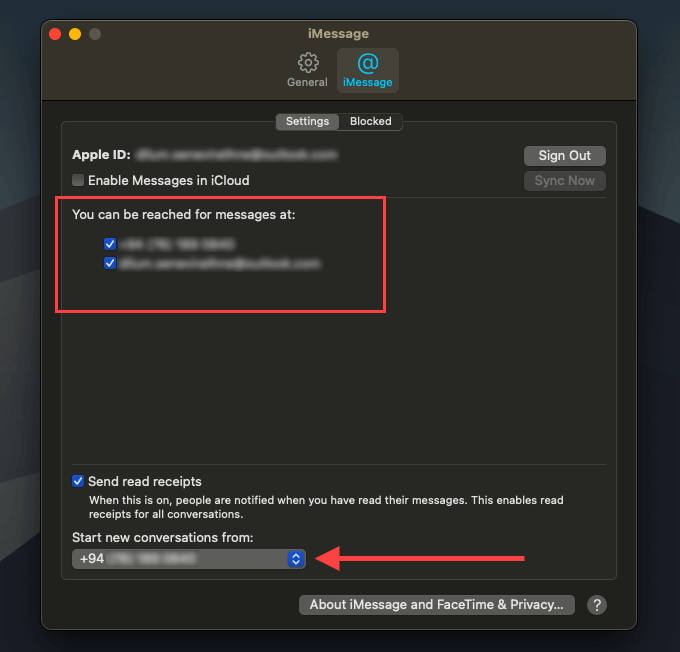

If the Android user previously had an iPhone and transferred the SIM card to an Android without changing the phone number, that phone number may still be registered as an iPhone in Apple's database, and so iPhones try to send that phone iMessages rather than SMS texts. This problem can catch a lot of people off-guard. Ask the Android owner to deregister iMessage If you need a reminder, here is how to restart any iPhone. This will clear out any temporary glitches not just in the wireless network software, but also the Messages app and various background services. Restart the iPhoneĪnother easy fix: Reboot your iPhone. Wait a few seconds, then tap it again to re-enable the wireless networks. Swipe down from the top right of the screen to see the Control Center, then tap Airplane mode. Glitches happen, and toggling your iPhone's cellular radio off and back on again can often resolve a temporary problem. You might be having trouble texting an Android phone because there is something wrong with your cellular connection. It's a good idea to enable the Send as SMS option in the Settings app. About halfway down the page, turn on Send as SMS by swiping the button to the right. Start the Settings app and then tap Messages. If you mostly only send iMessages to other iPhone users, this may rarely be an issue, but there is a setting to use SMS when iMessage is unavailable. Configure your iPhone to send SMS messages If you run into this problem, there several ways to get back up and running.

Sometimes, your iPhone might not be able to send texts to Android phones. But you can occasionally run into glitches, especially when crossing from iOS to Android. In theory, you should be able to send a text message from any mobile phone to any other mobile phone.

Make sure that your iPhone is configured to send SMS and check that the Android's phone number isn't registered with Apple as an iPhone.If your iPhone is not sending texts to one or more Android phones, there are a number of ways to troubleshoot the problem.


 0 kommentar(er)
0 kommentar(er)
